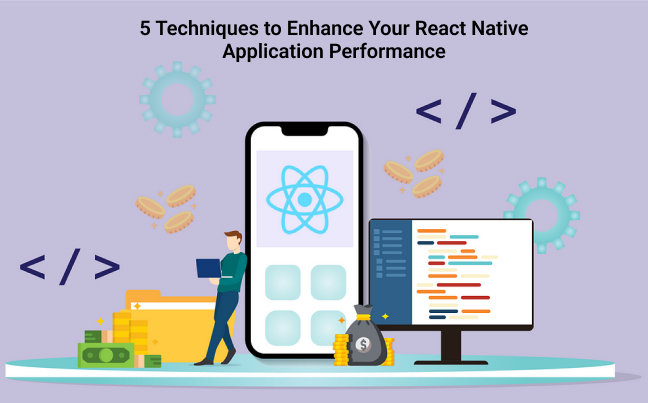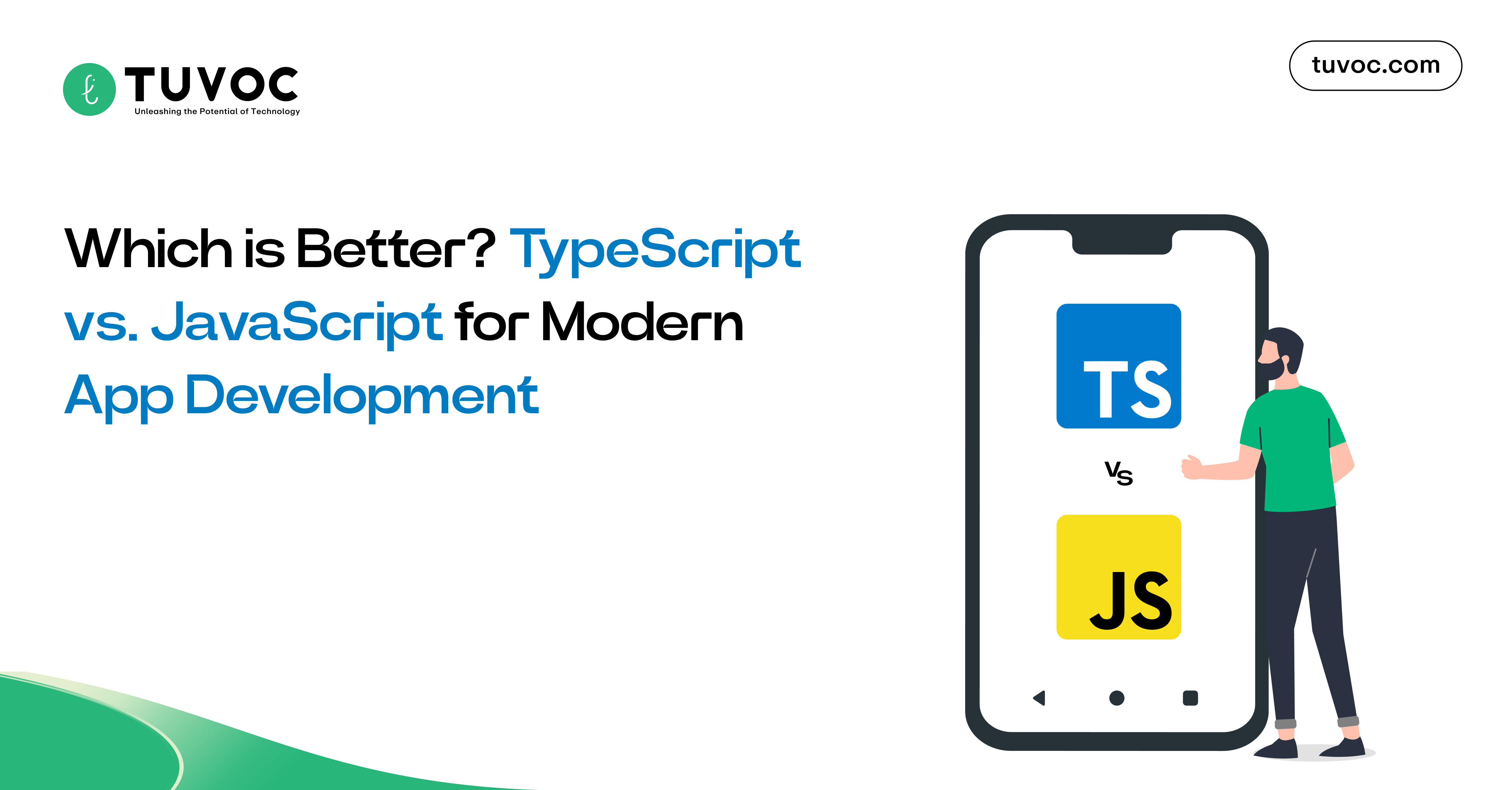5 Techniques to Enhance Your React Native Application Performance

Introduction
React Native is a popular framework for developing apps that run on both iOS and Android platforms. It is regarded as being adaptable and quick to develop. However, other flaws can have an impact on its performance, such as restricted support for animations and the lack of a built-in ability to do numerous activities at once. These can slow down the program, especially if it has many features.
However, the community is constantly striving to enhance React Native, so while it isn’t perfect, there are ways to increase its performance. In this blog, we will talk about some of the techniques that help in boosting React Native app development performance, especially for React Native development in India. Let’s have a look:
Tips and Techniques to Optimize the Performance of Your React Native App
Here are 5 useful tips to optimize the performance of your React Native app.
Bundle Size Reduction
- The bundle size is the overall amount of all JavaScript code, pictures, and other materials that your app requires to run. Large bundle sizes might slow down your app’s initial load time and require more memory, especially on low-resource devices.
- To reduce bundle size, first remove any unneeded code or dependencies from your project. This can be accomplished by employing techniques such as tree-shaking or dead code eradication.
- Consider dividing huge modules or libraries into smaller ones and lazy-loading them as needed. This helps to optimize the loading process, ensuring that your program launches faster and consumes fewer resources.
Image optimization:
- Images are frequently the heaviest assets in mobile apps, and improper image handling can have a substantial impact on speed. To optimize photos in your React Native app, first resize them according to the device’s resolution. This guarantees that you do not load excessively huge photos on devices with small screens.
- Consider adopting lazy loading techniques to load images only when they are visible, which will reduce initial load times. Furthermore, use caching methods like AsyncStorage or React Native’s ImageCacheManager to save images locally after they have been loaded once. This results in faster future loading and better overall app performance.
Reduce UI Renders:
- React Native re-renders components anytime there is a change in state or props, which can result in unnecessary renders and performance issues. To reduce these superfluous renderings, consider utilizing PureComponent for class-based components and React. memo for functional ones.
- These higher-order components use shallow comparisons of props and state to determine whether a re-render is required, lowering CPU workload and boosting rendering performance.
Implement virtualized lists:
- Rendering big lists of data can be inefficient, resulting in poor scroll performance. To remedy this issue, React Native includes components like as FlatList and SectionList, which provide virtualized lists.
- These components only display the objects that are currently visible on the screen, dynamically loading and unloading them as the user scrolls. Implementing virtualized lists can greatly increase scrolling performance and save memory usage, particularly in apps with large datasets.
Network Request Optimization:
- Network queries are another possible bottleneck for app performance, particularly when several requests are made in a row. To optimize network requests in your React Native app, consider batching numerous requests using techniques such as request chaining or batching. This decreases the overhead involved with making individual requests, perhaps improving overall network performance.
- Furthermore, use caching technologies to save data locally after it has been retrieved from the server, decreasing the need for repeated network queries. Finally, consider employing compression methods such as gzip or Brotli to reduce the size of data payloads transmitted over the network, hence boosting performance and lowering data transmission costs.
Bottom Line
There are plenty of other optimization techniques for boosting performance, so don’t stop learning best practices here! Though React Native is a popular and high-performing technology, creating apps with performance in mind from the start will always yield better results.
If you are looking to hire React Native developers in India, contact Tuvoc Technologies today.






